
While China has become the Neighborhood Bully in Asia, new economic challenges on many fronts will determine how far it can go with that behavior. USA is reducing trade with China. Will USA expect Alaska producers to reduce trade to Alaska’s top export destination, too?
China is Now Having Economic Problems..
[1]Why China’s economy ran off the rails, Substack.com, Noah Smith, Econ Blogger
Mexico and Canada have moved to the top exporters of goods to USA in the first half of this year, as economic decoupling between the two superpowers reduces China’s exports to USA by 25% for the first time in 15 years. China exports to Philippines have shown a steady increase over the last decade, reaching $64.68 Billion in 2022, while China Imports from Philippines continue to decline.
This may be retaliation for Philippines’ continued insistence that certain islands in the South China Sea do, in fact belong to them legally, as was determined in a 2016 arbitration which China now dismisses.

[2]Pres. Marcos: Philippines will not lose an inch of territory, Philippines Star, February 19, 2023
From that story: The Department of Foreign Affairs (DFA) filed a diplomatic protest against Beijing over China coast guard’s beaming a military-grade laser on BRP Malapascua, which was supporting a resupply mission to troops stationed on the grounded BRP Sierra Madre in Ayungin Shoal. The Chinese coast guards’ use of the powerful laser temporarily blinded Malapascua’s crew on the bridge.
[3]Timeline of South China Sea dispute.
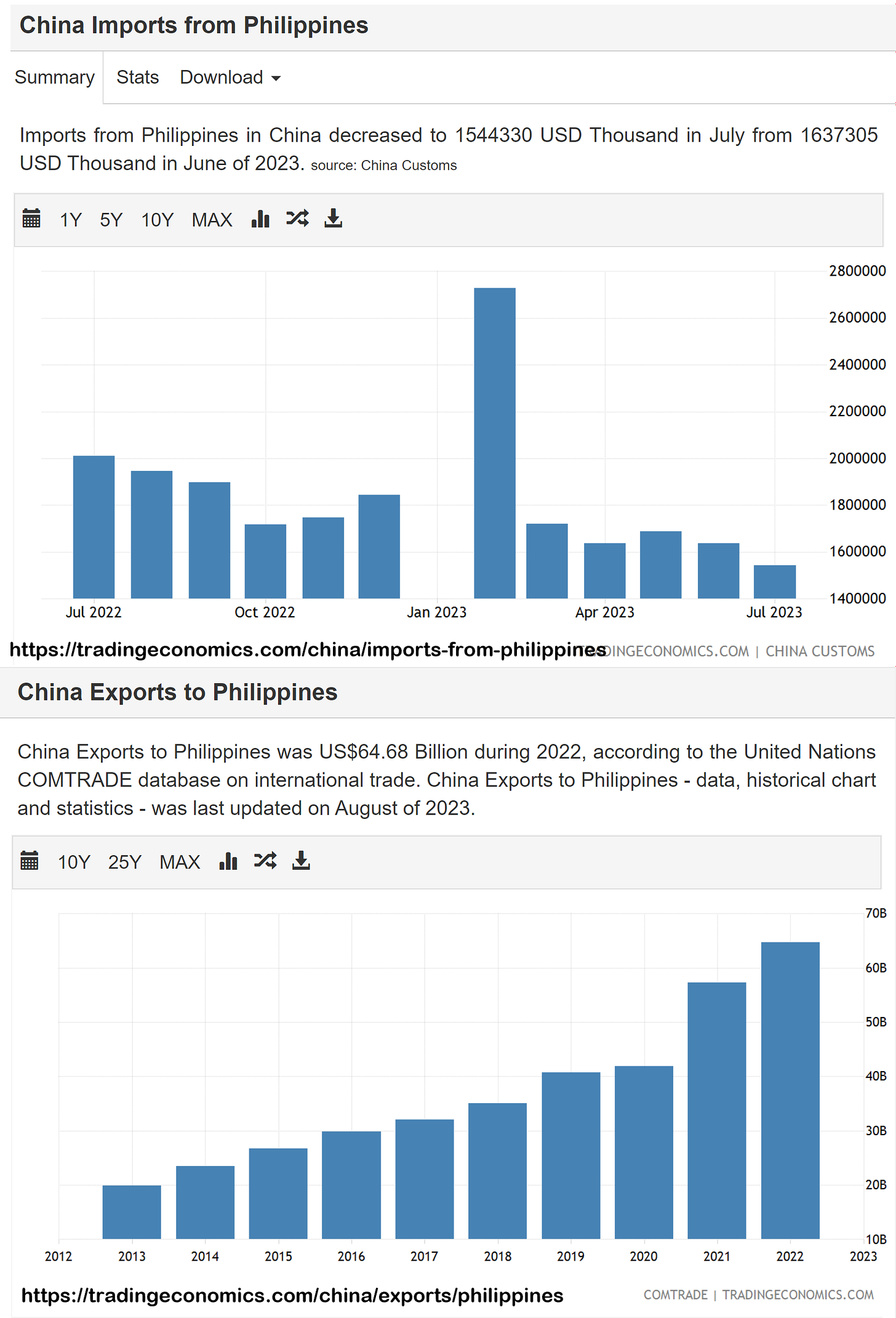
And, as more evidence of criminal corruption by USA Vice-President Joe Biden becomes known, with payoffs from China, the US-China relationship becomes ever more difficult. Generally Americans are coming to regard China as an adversary in the face of the Covid Pandemic spawned in China and are choosing to not buy Chinese goods.
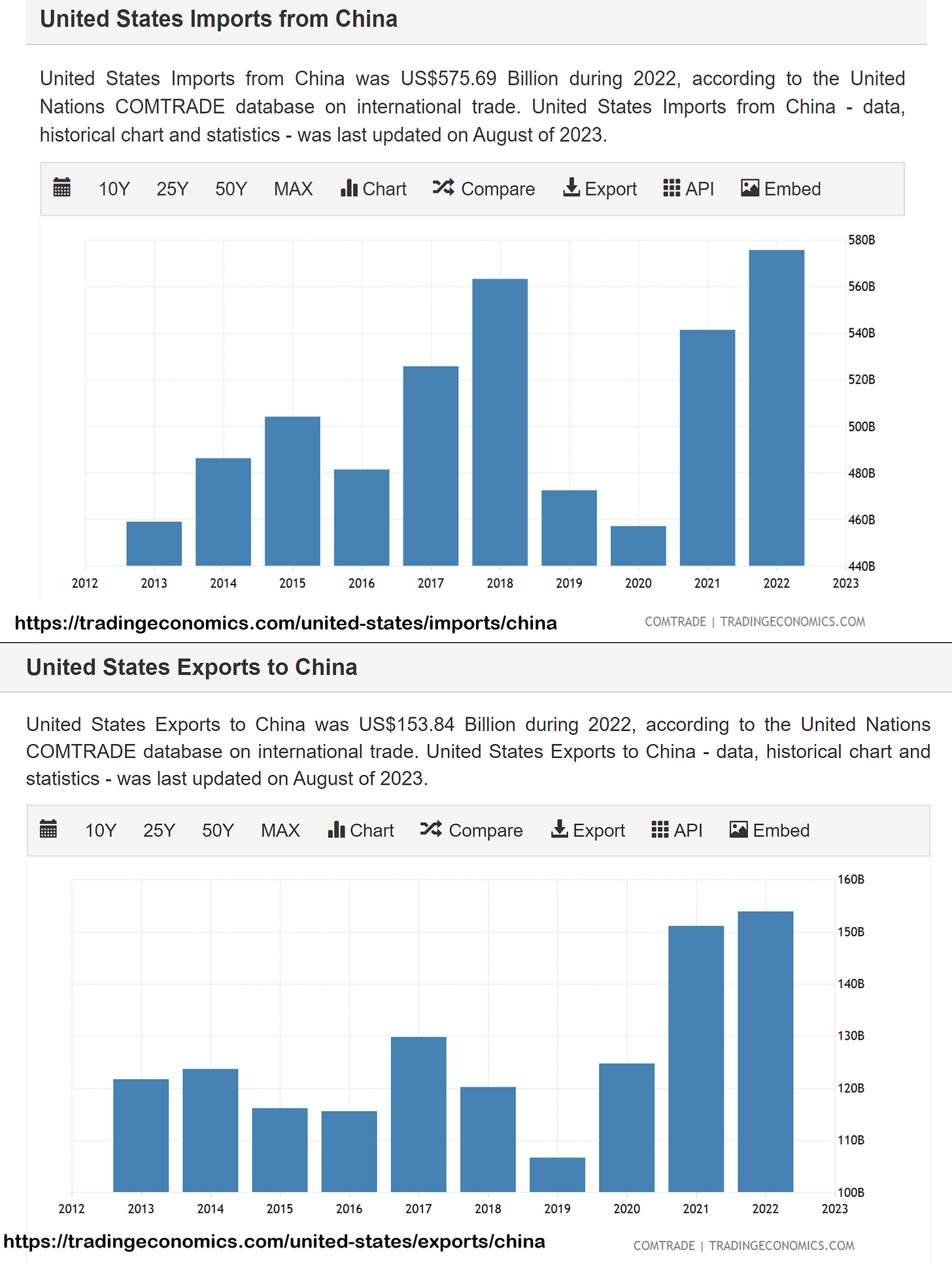
The cooling of trade relationships with China during presidency of Donald Trump did not harm Alaska, which continues to have robust exports there.
China has a Deep History with Philippines
The Philippine-Chinese community in 1997 represented about 800,000 to 850,000 people making up roughly 1.3 percent of the total Philippine population of 68 million, and represented the smallest ethnic Chinese population of all of the Southeast Asian countries, according to Teresita Ang See, an academic, writer and social activist. Ang See co-founded an organization seeking full integration of the Chinese-Philippine Community and is former President of the Philippine Association for Chinese Studies.
[4]The Chinese in the Philippines: Continuity and Change, Teresita Ang See, 1997
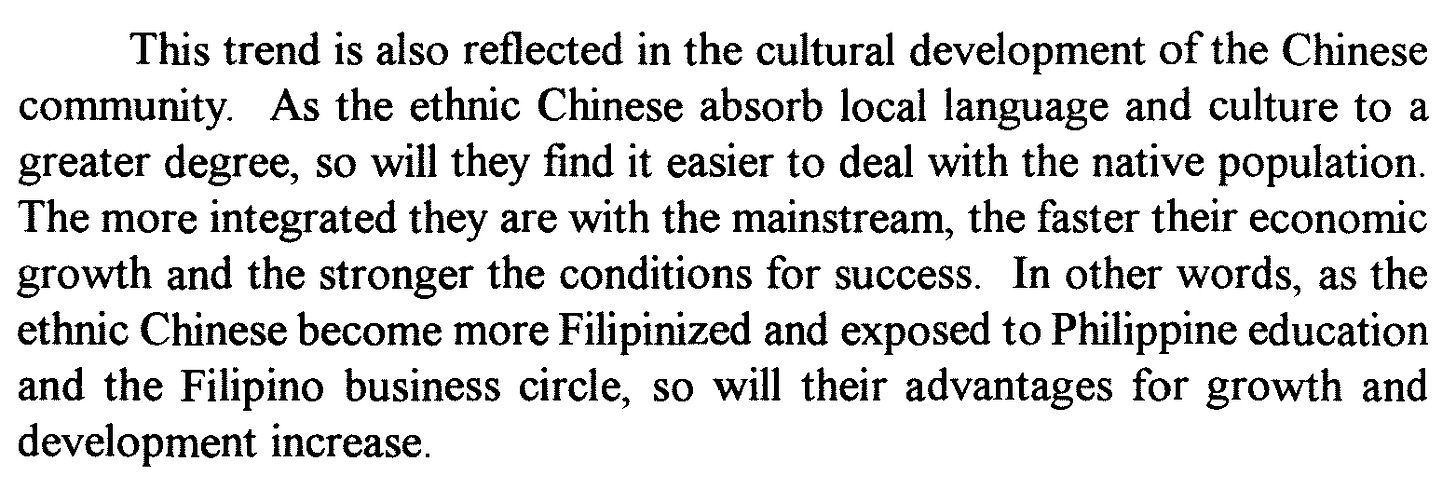
After World War II whole families including women were able to safely come to Philippines and local-born Chinese people were able to make this home and develop community. Previously, massacres and mass expulsions wiped out most Philippine-Chinese as China was seen as a threat to Imperial Spain.
Today China businessmen own many companies in Philippines and China has a distinctive influence on the country.
Alaska – China Connection
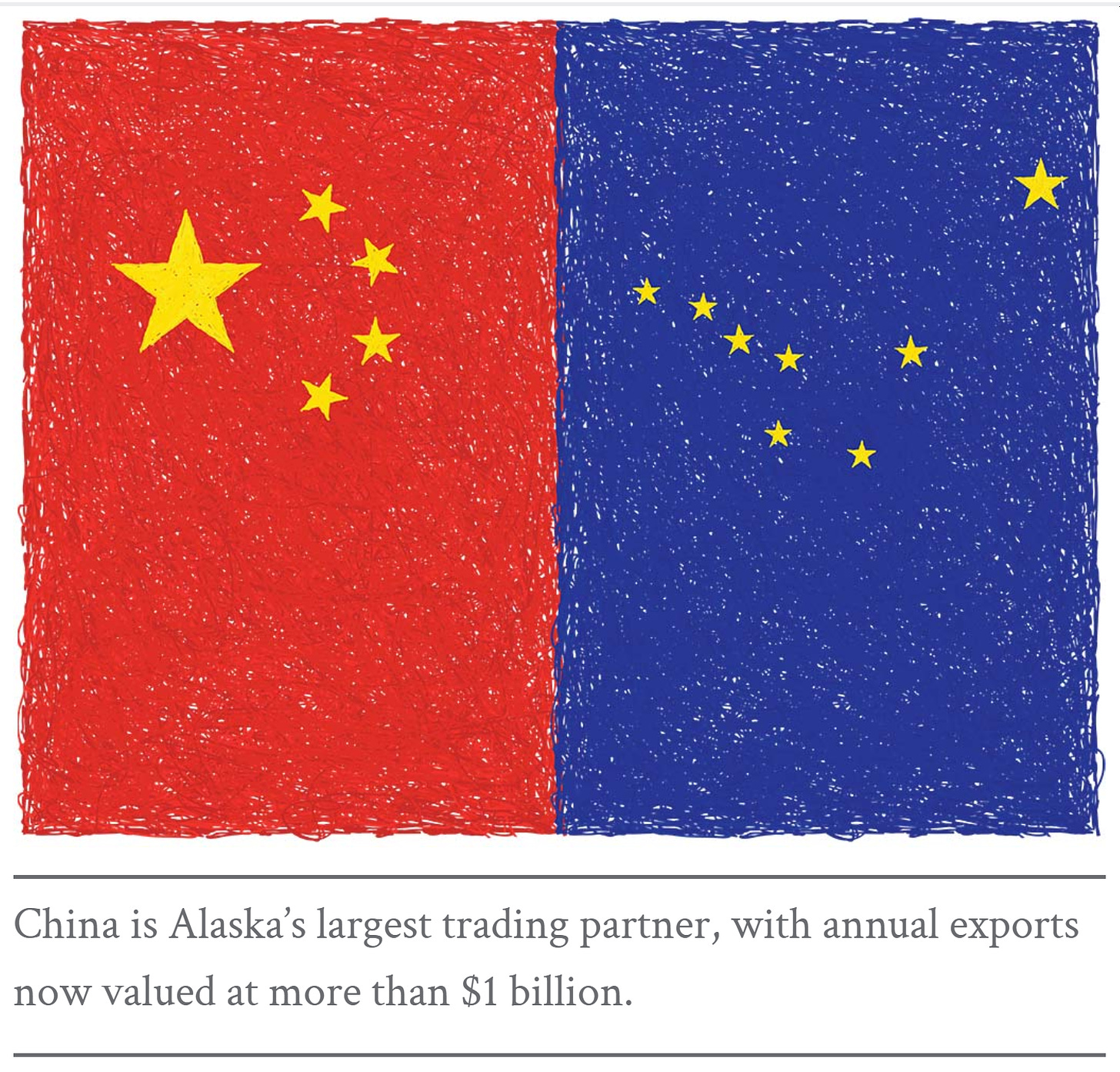
In 2011 Alaska exports to China totaled nearly $1.5 Billion, and China became our leading export destination surpassing Japan who had been our number one export destination since statehood in 1959. Annual exports to China were $1 Billion in 2017, according to Alaska Business Magazine. From the late 1970s to about 2015 China averaged 10% GDP growth annually but now is in decline.
[5]Alaska and China; Ties between the Middle Kingdom and Great Land, Alaska Business Magazine, Greg Wolf, February 2019
The fastest growth period for Alaska’s export shipments to China was between 2000 and 2011 when export values rose from a modest $100 million to reach almost $1.5 billion in just ten years. We’ve dubbed this period as the “Dragon Decade,” enthused Greg Wolf, Executive Director of the World Trade Center Alaska.
[6]Greg Wolf, Executive Director of World Trade Center Alaska
Seafood is the predominate export commodity from Alaska to China, accounting for 57 percent of the total. Minerals and ores is the second largest category at 27 percent. The two other notable export categories are energy at 7 percent and forest products at 6 percent.

Alaska Has Also Embraced China Culture
In the realm of higher education, the University of Alaska Anchorage is set to host a Confucius Institute, a program sponsored by the Chinese government to expand the use of the Chinese language and the understanding of Chinese culture. The Institute at UAA was established in 2008. In addition to teaching language classes, the Institute also hosts a number of cultural events each year for students and the community at large.

What IF the U.S. Government Restricts Alaska Trade with China?
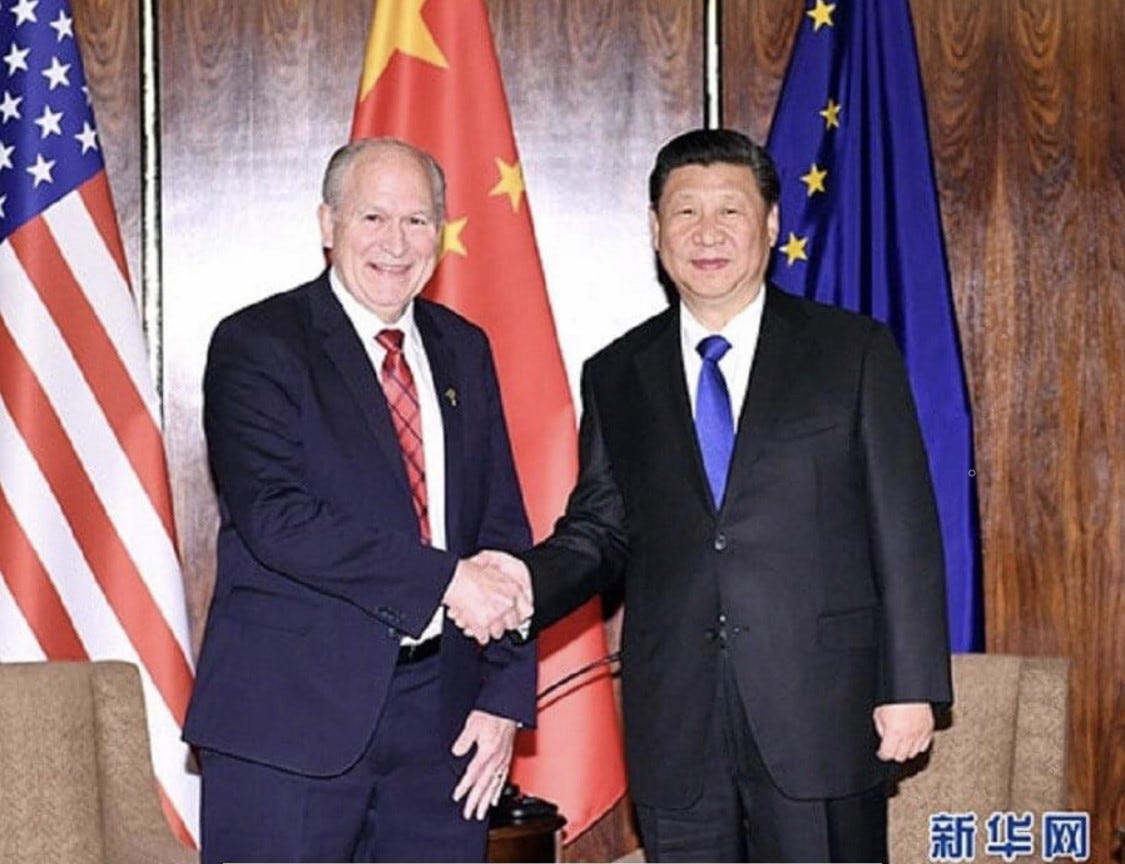
On August 16, 2018, only two months after Gov. Bill Walker led a trade delegation to China the cybersecurity firm Recorded Future released a report detailing a Chinese government-linked hacking group’s attempts to penetrate computer servers belonging to the Alaska state government. These attempts occurred in the weeks before the trade mission but the Alaska Governor’s Office seemed unconcerned: Every day the State of Alaska, like most state governments, has anonymous activity on the perimeter of our networks that amounts to someone checking if the door is locked. The activity referenced here is not unique.
Had the Chinese hackers found a vulnerability and exploited it Gov. Walker would have likely made another excuse for this criminal behavior.
In fact, China and the United States have conflicts of interest and at times our relationship is adversarial. The message China likely got from this nonchalant response is: Some Chinese hacking is acceptable if challenging it would threaten the state’s robust economic relationship with China.
The proper response from a state official representing the People of Alaska should have been: Alaska has many friends in Asia who could also buy our high-quality natural resources.
How Much Should Owner-State* Alaskans Care about the USA-China Relationship?

The U.S. federal government, however, may take the position that Chinese hacking is an unacceptable national security threat subject to criminal indictment and diplomatic repercussions. Indeed, recent trends in U.S.-China relations have stoked tensions between the two superpowers with increased Chinese hacking of American entities, increased economic espionage by Chinese agents in the United States, and a “trade war” involving tariffs and export controls.
On a broader strategic level, China has been acquiring American technology and other American businesses at a rapid rate to advance its domestic industries as part of its “Made in China 2025” plan. There is also a growing consensus that China is using trade and investment to “manipulate financial networks, political processes, and public debate” in the United States and elsewhere. Thus, while Alaska and its citizens may welcome the money and jobs that economic engagement with China brings, the U.S. federal government has legitimate reasons to worry about Alaska’s growing relationship with China.
This attorney argues in this article: Nevertheless, scholars generally agree that state participation in foreign commerce, if allowed at all, is subject to federal regulation.
Alaska Public Officials Should Care About this Threat to US National Security
On the investment side, U.S. policymakers have been concerned that “China is weaponizing its investment in the U.S. to exploit national security vulnerabilities, including the back-door transfer of dual-use U.S. technology and related know-how, aiding China’s military modernization and weakening the U.S. defense industrial base.” As of 2017, China has invested in 7–10% of American startup companies through venture capital financing and is specifically investing in startups expected to be “foundational to future innovation in the U.S.: artificial intelligence, autonomous vehicles, augmented/virtual reality, robotics and blockchain technology.” These concerns drove Congress in August 2018 to pass the Foreign Investment Risk Review Modernization Act, which will strengthen the Committee on Foreign Investment in the United States (CFIUS)
[7]From Alaska Law Review, 2019:
Caught between superpowers: Alaska’s Economic Relationship with China Amidst the New Cold War.
*Owner-State: The legislature shall provide for the utilization, development, and conservation of all natural resources belonging to the State, including land and waters, for the maximum benefit of its people.
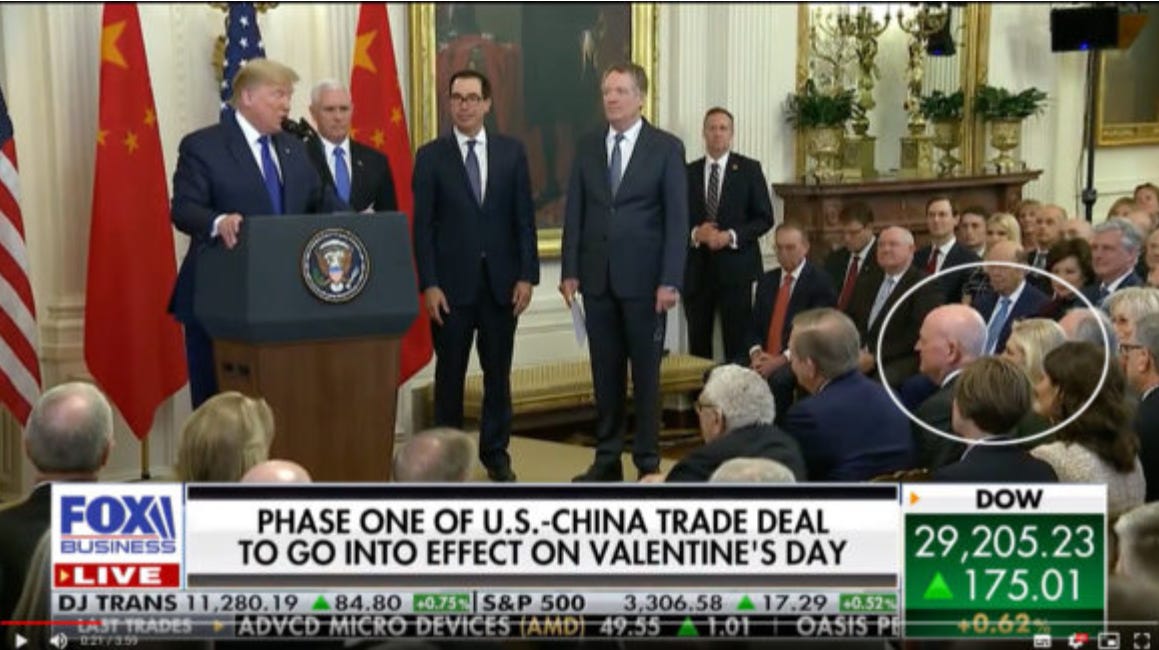
Pres. Donald Trump stood up to China’s belligerence. He put trade sanctions on them to get their attention. Over his four years in office we witnessed escalating trade tensions culminating in a trade war and sanctions on Chinese technology companies. During that same time China continued to defy its neighbors including Philippines by accelerate its militarized island-building in contested waters of the South China Sea.
China has responded lately with more belligerence as Americans learn former Vice-President Joe Biden’s family has benefitted financially from China access deals. The relationship between USA and China has not improved since Biden became President although we have seen a parade of US Officials go to China and come home with little more than the platitudes they took with them.
Ban-aid Diplomacy

US Secretary of State Anthony Blinken met with President Xi Jinping in Beijing on June 18, 2023. The meeting is part of Blinken’s long-awaited trip to China that was postponed in February due to the Balloon Incident.
That incident should have precluded any diplomatic adventure to China.
You have the Chinese [government], who knew that they were deliberately violating the airspace above the United States and really didn’t care, said Col. Stephen Ganyard on NBC News. So that probably tells you how much they really cared about the Blinken-Xi meeting. They don’t.
The Chinese Spy Baloon incident was an intelligence gathering bonanza for China—further demonstrating we have no way to deal with border incursions of any kind and emboldening our advosaries.
[8]Balloon incident shows China’s growing ‘arrogance’: Expert
Following the meeting with Blinkin, in a read-out supplied by the Chinese foreign ministry, Chinese Foreign Minister Qin Gang noted that the China-US relationship was at the lowest point since its establishment and that this does not serve the fundamental interests of the two peoples or meet the shared expectations of the international community.
Other American officials also went to China and were glad-handed but nothing of much substance has come out of any of it. Prior to the meeting of Treasuary Secretary, Janice Yellen, July 6 to 9, 2023 China’s Ministry of Commerce Placed Export Restrictions on Key Metals for Production of Chips.
Oh darn. From the announcement:
China’s Ministry of Commerce (MOFCOM) has announced that it will place export restrictions on 14 gallium and germanium items, key metals used for the production of chips and other electronic components, in order to “safeguard national security and interests”. The restrictions will come into force on August 1. China produces around 80 percent of the world’s gallium and 60 percent of the world’s germanium. The export restrictions, therefore, have the potential to significantly limit some producers’ access to these important materials and increase prices, as there are few alternative options.
[9]China Briefing
If Secretary Yellen had reached some consideration from her Chinese hosts in her discussions we would have heard about it.
Of course, John Kerry went to one of the largest polluters on the planet and whined about climate change. More weakness on display for our allies to witness.
Warships off Alaska Coast
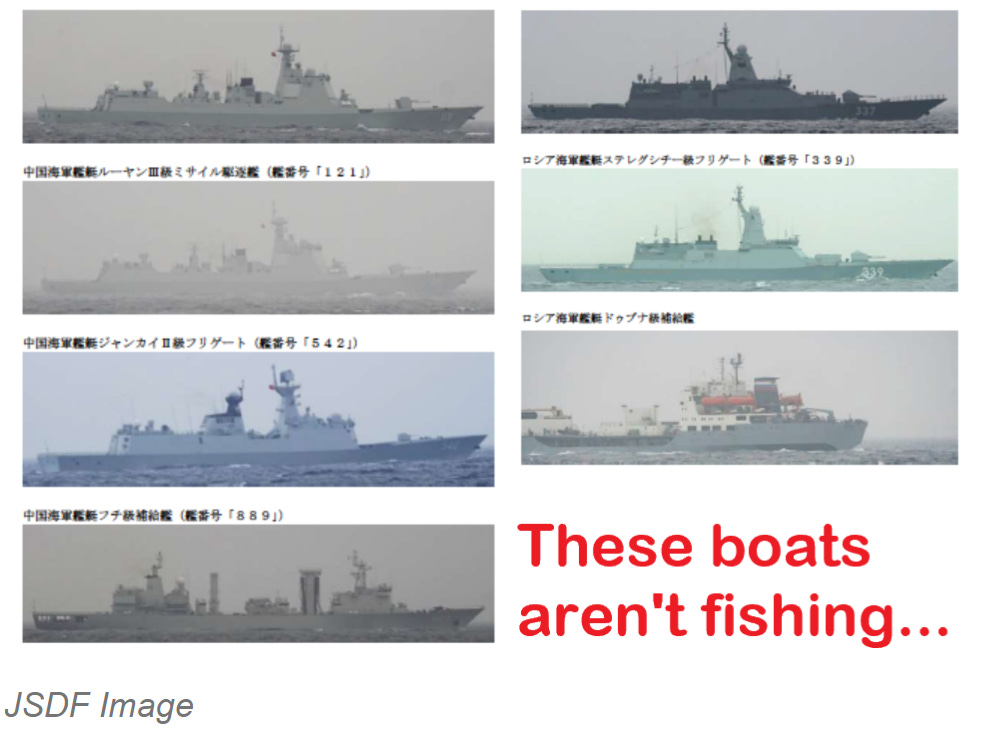
[10]U.S. Coast Guard ship encounter with Chinese and Russian warships off Alaska
Russia and China have become new best friends in the wake of a weak president and nation pursuing warped agendas. In September a formation of warships were conducting exercises within the Alaska Economic Zone and daring the US Coast Guard to do something about it. Within the same month a near collision between US and Chinese military vessels occurred in the Taiwan Straight.
The incident occurred about 8:30 a.m. local time on Sept. 30 near contested reefs that are occupied by Chinese troops but also claimed by Vietnam, Taiwan and the Philippines, reports the NavyTimes.
U.S. Navy ships and aircraft operate throughout the Indo-Pacific routinely, including in the South China Sea, U.S. Pacific Fleet spokesman Cmdr. Nate Christensen said after the incident. As we have for decades, our forces will continue to fly, sail and operate anywhere international law allows.
[11]NavyTimes
China routinely violates the Philippine Economic Zone. While doing business with China is good for the Alaska economy, the question for Alaska elected officials should be: Should Alaska be feeding Chinese bullies our quality seafood?
References:
[1]Why China’s economy ran off the rails, Substack.com, Noah Smith, Econ Blogger
Why China’s economy ran off the rails
a day ago · 259 likes · 55 comments · Noah Smith
[2]Marcos: Philippines will not lose an inch of territory, Philippines Star, February 19, 2023
[3]Timeline of South China Sea dispute.
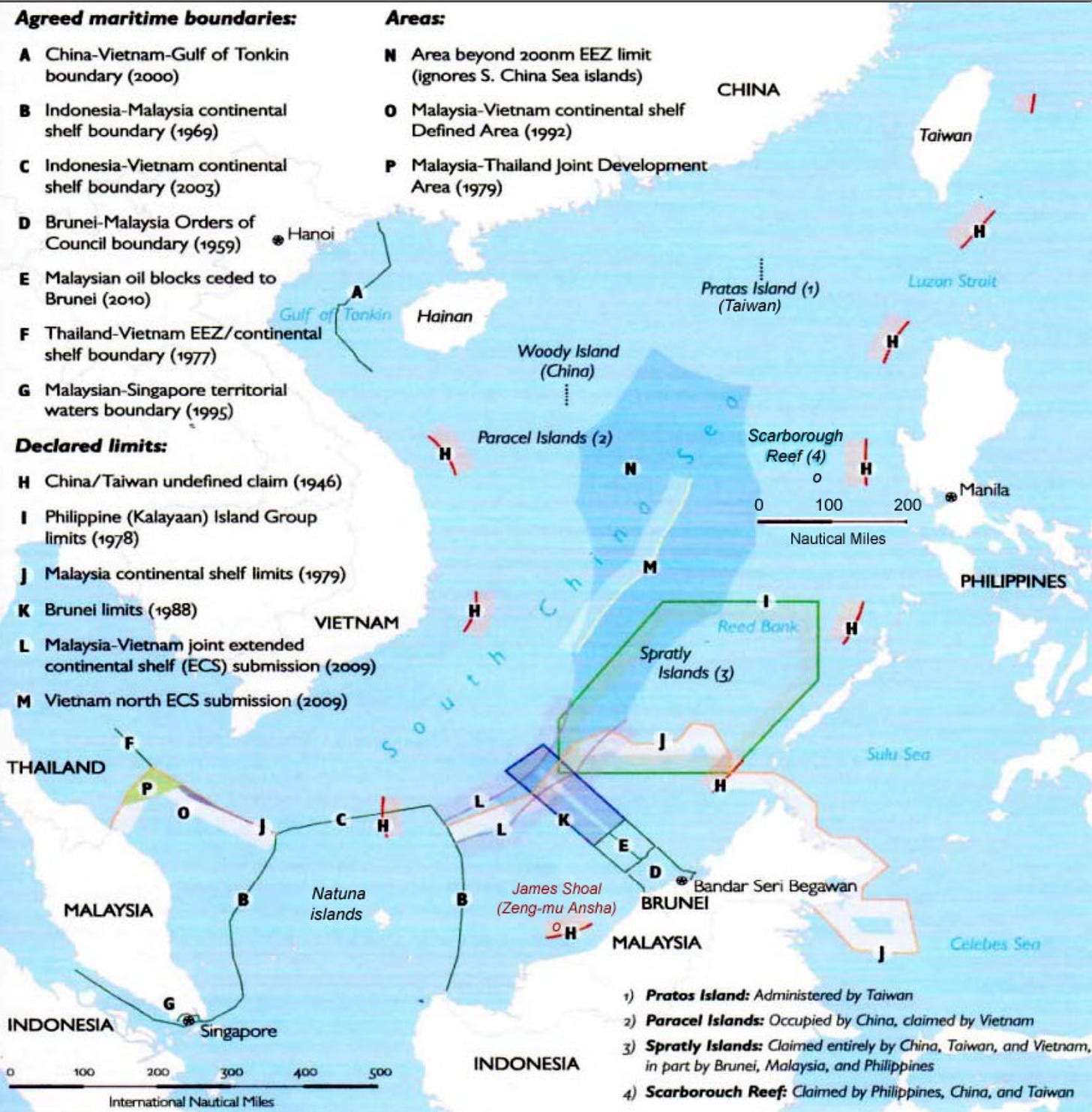
[4]Teresita Ang See – Philippine Association for Chinese Studies
[5]Alaska and China; Ties between the Middle Kingdom and Great Land, Alaska Business Magazine, Greg Wolf, February 2019
[6]Greg Wolf,Executive Director of World Trade Center Alaska
https://www.alaskaworldaffairs.org/portfolio-item/greg-wolf/
[7]Sam Karson, Caught Between Superpowers:Alaska’s Economic Relationship with China Amidst the New Cold War, 36 Alaska Law Review 47-76 (2019)
Available at: https://scholarship.law.duke.edu/alr/vol36/iss1/4
[8]Balloon incident shows China’s growing ‘arrogance’: Expert
[9]China Briefing
https://www.china-briefing.com/news/us
[10]U.S. Coast Guard ship encounter with Chinese and Russian warships off Alaska, Arctic Today September 26, 2022
https://www.arctictoday.com/a-u-s-coast-guard-ship-unexpectedly-encountered-chinese-and-russian-warships-off-alaska/
The naval activity comes at a time when Russia seeks to strengthen ties with China and to project force after recent setbacks in Ukraine, and as China develops its naval capabilities. It also comes on the heels of several other Russian military exercises in the Arctic, including in the Chukchi Sea and along the Taymyr Peninsula.
The U.S. Coast Guard Cutter Kimball was on patrol in the region when it spotted a Chinese guided missile cruiser about 75 nautical miles north of Alaska’s Kiska Island, one of the westernmost islands in the Aleutian chain, the Coast Guard said in a release.
The crew later spotted six additional vessels — two more ships from China’s People’s Liberation Army Navy and four Russian Navy ships, including a destroyer — sailing together with the missile cruiser within the U.S. exclusive economic zone.
[11]Navy Times
Extra Reading:
[OPINION] China resurrects its false claims on the South China Sea islands, Antonio T. Carpio, Rappler News, Aug. 19, 223
